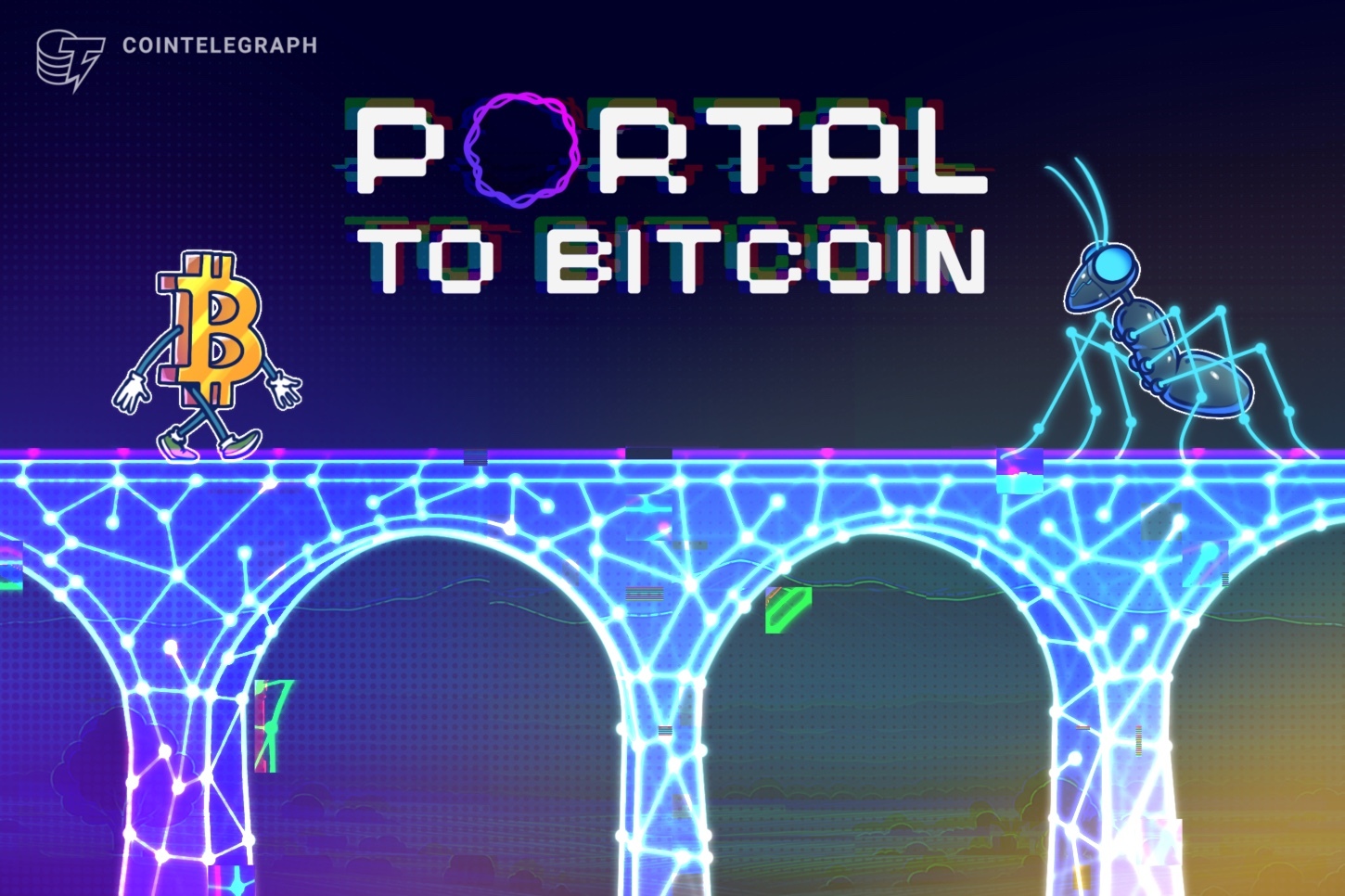Sponsored Content
For years, traders moving Bitcoin across chains have faced the same dilemma: rely on bridges, custodians, or wrapped assets – and accept the risks of hacks and lost funds. For Chandra Duggirala, CEO of Portal to Bitcoin, that compromise was never good enough.
“We’re solving a very old problem – fair exchange over the internet – in a way that preserves Bitcoin’s trust model,” he said during a recent Cointelegraph AMA. The company’s mission took shape by rejecting shortcuts like bridges and custodians. Instead, Portal set out to prove that atomic swaps could scale into a trustless alternative for billions in trading volume.
We’re going LIVE in 1 hour with @PortaltoBitcoin. Their protocol for secure Bitcoin atomic swaps is entering the next phase with TGE and launch plans. Let’s talk trustless trading, and the future of cross-chain markets. Bring your questions.🕜 10:00 AM EST
— Cointelegraph (@Cointelegraph) September 5, 2025
[Brought to you by… pic.twitter.com/GDPP78sMDN
The case for atomic swaps
The foundation of Portal to Bitcoin is the atomic swap – a cryptographic guarantee that two parties either complete a trade or nothing happens. “It’s called atomic not because of nuclear energy,” Duggirala noted, “but because the trade is indivisible: it either happens in full or not at all.”
This design bypasses the risks that have plagued bridges and wrapped assets, where funds depend on third parties. “With atomic swaps, the blockchain itself acts as escrow,” he explained.
Scaling trust with BitScaler
At the core of Portal is BitScaler, a protocol designed to extend the security of Bitcoin atomic swaps while making them scalable for real-world exchange volumes.
Duggirala described it as combining multiparty channels, channel factories, and non-custodial delegation into one system. “Liquidity providers keep custody of their funds, traders never give up ownership, and validators simply keep the network live, without the ability to steal user assets,” he said.
Unlike wrapped BTC or message-passing bridges, BitScaler ensures worst-case scenarios mean funds are only time-locked, but not lost.
Tokenomics rooted in rational design
Portal’s Token Generation Event (TGE) took place in early September. “The design is simple,” Duggirala explained. “If liquidity dries up, traders can’t trade. If validator rewards lose value, the network won’t stay live. The token captures network demand and recycles it back to the people doing the work.”
Economic modeling was done in collaboration with John Conley, a renowned microeconomist and advisor to the Kansas City Fed, ensuring tokenomics are grounded in rational design.
Portal to Bitcoin is backed by Coinbase Ventures, OKX Ventures, and Arrington Capital, but Duggirala emphasized that partnerships alone aren’t enough: “As a startup, you have to own your own distribution. Partners can help, but adoption is your problem to solve.” Portal to Bitcoin is focused on integrating with other L1s and ecosystems where users already trade, from Solana to Ethereum.
Competing with bridges, building for adoption
Asked about competitors, Duggirala was direct: “The competitors are bridges, message-passing protocols, and wrapped tokens. They offer the same promise but with weaker guarantees. In Portal user funds never leave their custody. That’s the difference.”
He added that adoption will depend not just on security but on user experience: liquidity depth, speed, and simple interfaces.
Looking ahead, Duggirala believes the broad market will not follow the same cycles as before. “Markets are fragmenting. Each token, each network is on its own cycle now,” he observed. “But what doesn’t change is the demand for secure, trust-minimized ways to move value. That’s what Portal is here to deliver.”
Disclaimer. Cointelegraph does not endorse any content or product on this page. While we aim at providing you with all important information that we could obtain in this sponsored article, readers should do their own research before taking any actions related to the company and carry full responsibility for their decisions, nor can this article be considered as investment advice.


